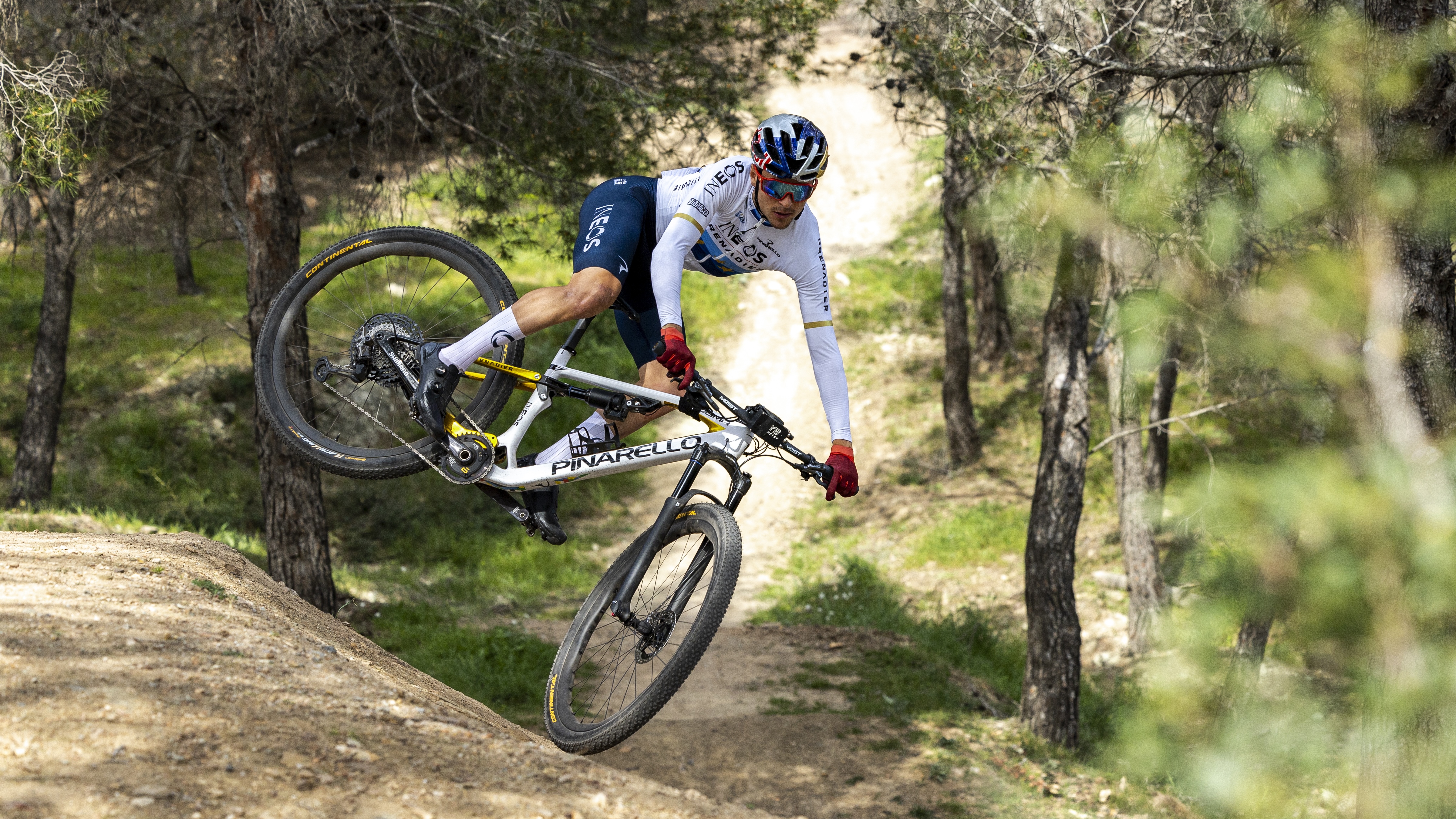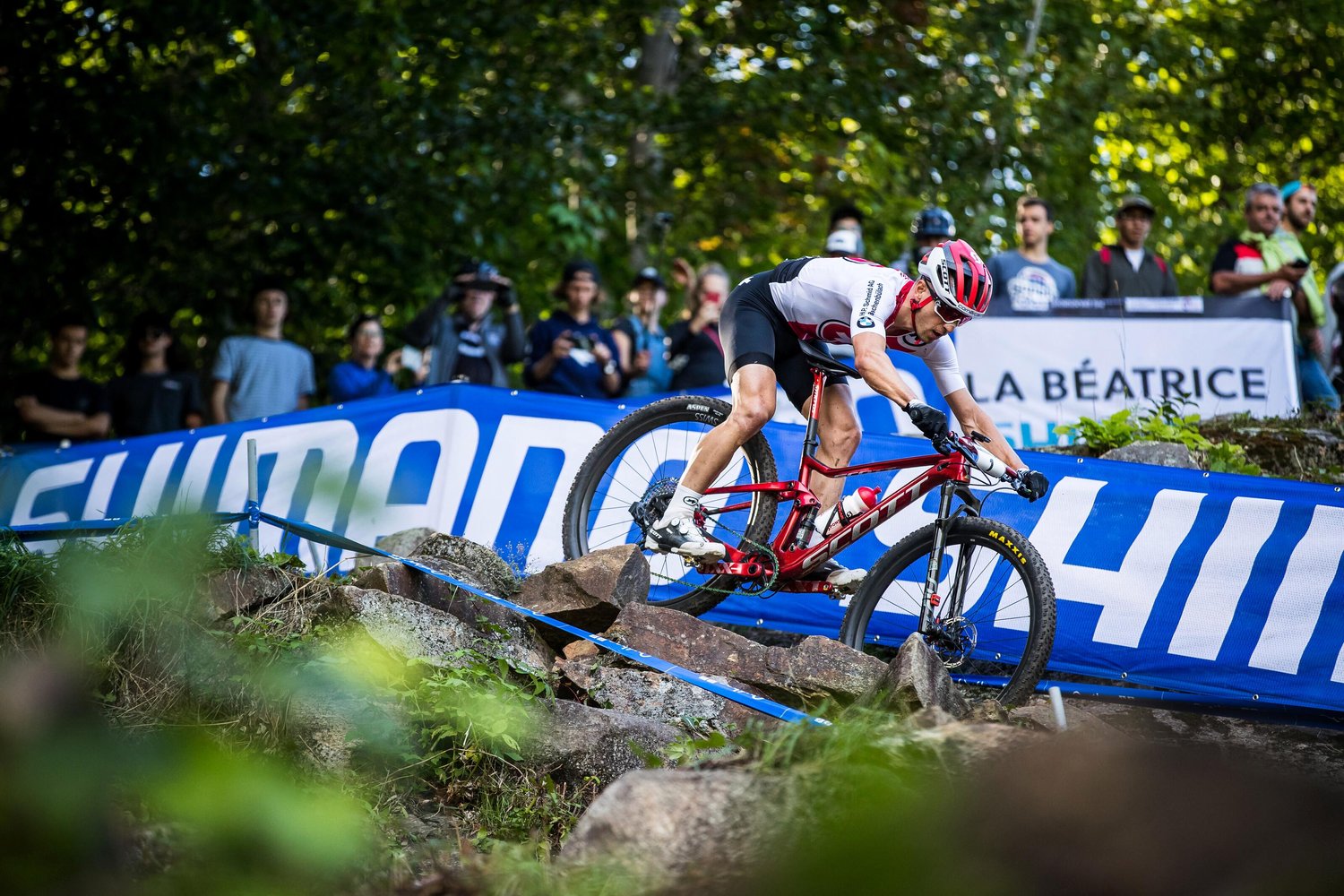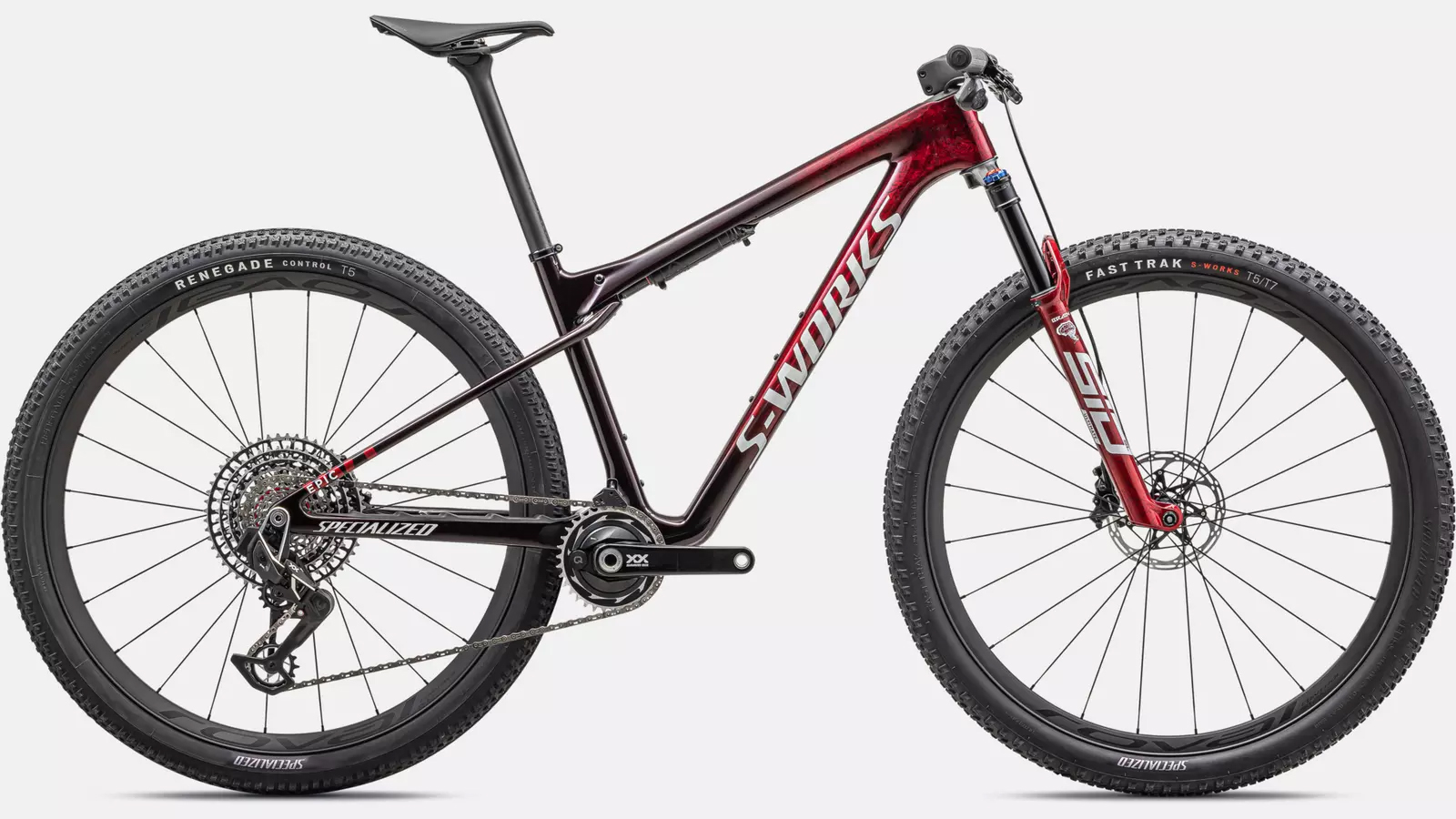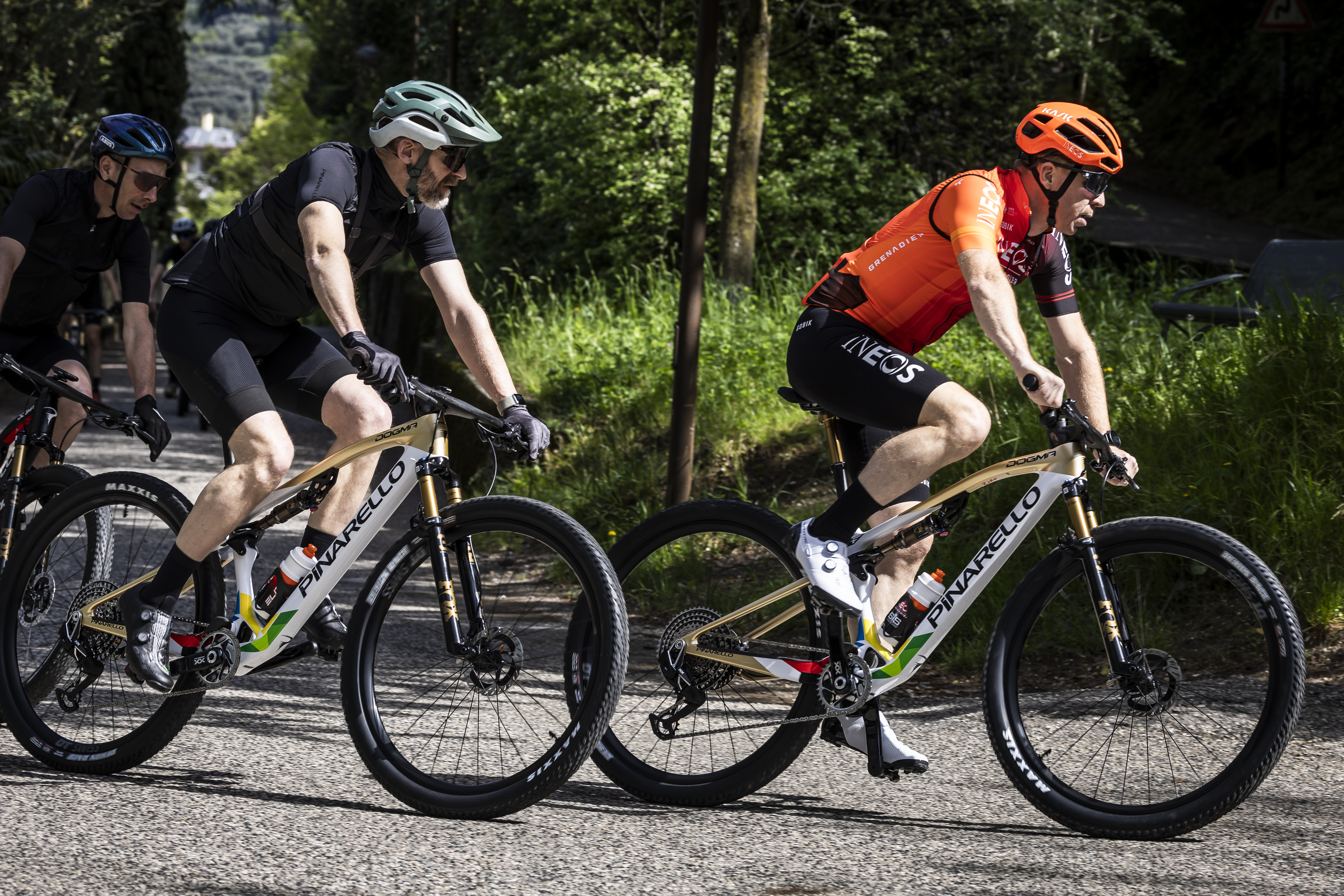
It was all looking so straightforward. GOAT racer, Nino Schurter, was dominating the World Cup and World Championships on his radically trail-bike-shaped, 2.4in tire, 120mm travel Scott Spark and every other brand started following suit. “Brilliant” the media and mere mortal riders cried. Bikes that are still superlight and efficient for smashing the climbs but can be ridden hard on real trails as well as the increasingly technical, ‘Enduro grade’ XCO courses. And while most testers like me saw the short travel, zero sag Specialized S-Works World Cup bike and the Trek Supercaliber as limited-use exceptions, the recent launch of the long, slack 120mm Specialized Epic 8 reassured us. It also re-affirmed why Specialized’s own racers, such as Viktor Koretsky, had been racing and winning on modified versions of the previous Epic Evo, rather than the steeper, shorter travel Epic. Yes, I know this is getting Epically complicated already, but hang in there as recent race bike launches like Yeti’s ASR confirmed that control was the new key to unlocking extra speed for most riders.
Today's launch of the Pinarello Dogma XC (already ridden to success by Tom Pidcock) and last weekend’s results – including a second place for Koretsky on the S-Works Epic World Cup rather than the new Epic 8 (which placed fifth), potentially prove that myself and the rest of the media don’t know what we’re talking about.
In fact, the ridiculously high rigid seatpost of Brazilian winner Christopher Blevins looked a lot like a deliberately defiant single finger to those who thought they understood where race bikes were going. If you can’t come back from a challenge and work out an answer in your head, you’re not much use as a tester (or as a racer) though. So here’s my take on why freaky can still be the fastest for physiological, practical and psychological reasons.

Tools for the job
Talking to Tom Pidcock’s Ineos Grenadiers coach, Kurt Bogaerts, at the Pinarello Dogma launch event, he reminded us that Pidcock spends the vast majority of his training and racing time – literally months compared to hours – on a road or cyclocross bike. That means the closer his mountain bike position is to his drop bar bike positioning, the easier it is for him to transition. Not just in terms of how his body produces power, but also how it expects the bike to react and how he needs to position his body to control that.
It also means a much lower risk of injury from dragging his body out of a very deep rut in terms of what it’s used to biomechanically. That applies to a lot of other top racers too, and you could probably see a high correlation between racers who mostly train and race off-road, like Nino Schurter, and more progressive race bike use.

Shredding in skinsuits
Most top racers aren’t just incredibly gifted in terms of lungs and legs, but also in their riding skills. I was properly scared with how sketchy the Dogma XC felt when riding it at the launch, but I’ve seen shots (there's one at the top of this article) of Pidcock shredding the prototype like a slopestyle bike within minutes of getting on it. Blevins clearly wasn’t letting a saddle up his arse and only 75mm of travel get in the way of his World Cup glory this weekend and Evie Richards rinsed the XCC short track field with warp speed descending on her 90mm travel Trek Supercaliber. And while the Brazilian course was relatively tame compared to some – hence Koretsky’s decision to use the World Cup not the Epic 8 – it still had some tasty sections to tackle.
That kind of course does make a focused climb bike more appealing though. Because inverted stems, sky high fixed posts, steep, short geometry and brutally stiff wheels and frames undoubtedly wander less and transfer more power on a smooth drag race to the top. Don’t assume they weigh less though because that’s not always true.

The head game
Finally, there’s the psychological aspect to consider. A very light bike with a direct pedal feel from stiff frame, bars and wheels feels very fast just based on vibration sensations. You have to remember that while the descents sometimes only take seconds, the climbs go on for minutes. That’s minutes of genuine deep dive agony and soul searching too, so not a situation when you want to be thinking your bike is literally wasting your time.
While some racers like Schurter meticulously measure performance gains over the whole race and are confident enough to stick by that data, others thrive on more immediate in the moment reactions and responses. Unsurprisingly, Bogaerts told me that includes Pidcock, who will often ride equipment and setups he knows are more fatiguing and slower in the long run, just to have a psychological and physical advantage in the split second attack moments that can make or break a race.
In other words, there’s definitely a lot more to what goes into race speed and race bike choice at the top level that you might not have thought about. It’ll certainly be interesting to see what bikes athletes choose to ride at more technical courses later in the season. But in the meantime, I’ll be keeping a more open mind about the bike decisions of those who ride with an open throttle.







